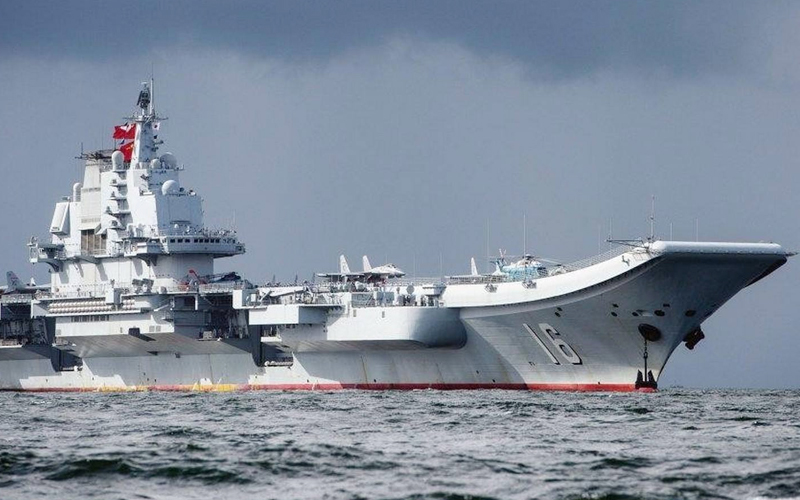No Joint Designing for Ships Or Aircrafts Should Take Place With Unreliable British

UK is showing lots of eagerness to assist the Indian Navy with designing and building its second indigenous aircraft carrier, INS Vishal. Carrier designing cooperation has been offered by the willy British at the political level. Cooperation on aircraft carrier design was also discussed on November 28, in an India-UK meeting in New Delhi chaired by the two defence secretaries.
James Heappey, the British Minister for Defence Procurement, has confirmed the UK’s offer by stating “Very much so! At the very highest level.” As per his claim the British aircraft carrier design is “the most totemic” of UK-India cooperation opportunities.
He added “The Royal Navy has world-beating electrical propulsion and operational experience of managing electrical propulsion. That is a real opportunity to develop capability and understanding together.”
The Indian Navy’s projected INS Vishal is to be a 65,000 tonne carrier with an all-electric propulsion system – both features that are common with the Royal Navy’s two new aircraft carriers: Her Majesty’s Ship (HMS) Queen Elizabeth and HMS Prince of Wales.
New Delhi had earlier sought to design INS Vishal in partnership with the US Navy, the world’s pre-eminent builder and operator of aircraft carriers. Towards this end, the Indian and US navies established a joint working group (JWG) on aircraft carrier cooperation in January 2015. India was considering a nuclear powered carrier, like the US vessels. It is also planning a state-of-the-art American “electromagnetic aircraft launch system” (EMALS) that can launch not just fighter aircraft, but also the game-changing E2D Hawkeye airborne early warning (AEW) aircraft.
However, with nuclear propulsion ruled out because India does not have a suitable nuclear reactor, and severe budget constraints casting a shadow over the EMALS, INS Vishal is increasingly looking more like the British carriers.
One feature that is being considered for INS Vishal would differentiate it from British carriers. Both HMS Queen Elizabeth and HMS Prince of Wales incorporate “short take off but vertical landing” (STOVL) systems to operate their aircraft. Their on-board F-35B fighters take off from a ski-jump and land back by hovering like a helicopter and lowering itself onto the deck.
In contrast, fighters on INS Vishal would take off with the help of a catapult and land by snagging their tail hooks on arrester wires laid across the deck, which then unspool, dragging the fighter to a halt. This is called “catapult assisted takeoff but arrested landing” (CATOBAR).
Heappey has added that “We are already looking at how we could retrofit an arrester wire onto the Queen Elizabeth carrier deck. The crucial thing is that [with] a 65,000 tonne carrier with its existing length of runway and with a ramp on the front, we are confident that an [Indian Navy] fighter jet like the Rafale or the F/A-18 could actually take off from the deck of the Queen Elizabeth without a catapult, just off the ramp. And so that sort of “ramp and trap” solution would suit your existing capability without needing to retrofit a catapult… and we’re looking at developing the arrestor wire anyway, so I think that makes it quite an interesting proposition.”
This system, called “short take off but arrested landing” (STOBAR) is already being used in India’s two existing carriers – INS Vikramaditya and the under-construction INS Vikrant.
Heappey is thus looking for design cooperation to lead to operational cooperation between the two navies. “How amazing would that be to see the Royal Navy and the Indian Navy steaming in the Indian Ocean with two carrier groups side by side, operating together. At the grand strategic level, what higher ambition could there be?” he said.
The UK is also pushing cooperation with India in the British programme to develop a 6th-generation fighter called the Tempest.
All such cooperation with UK are fraught with danger. India should never forget, as to how the British playing a double game had sabotaged our wonderfully designed Marut Aircraft. Earlier how they had forced us to go in for MiG 21 aircrafts and Foxtrot Class submarine ….though both turned out to be the best for India.
Defence Cooperation with British should be totally commercial onetime purchases and nothing else.



